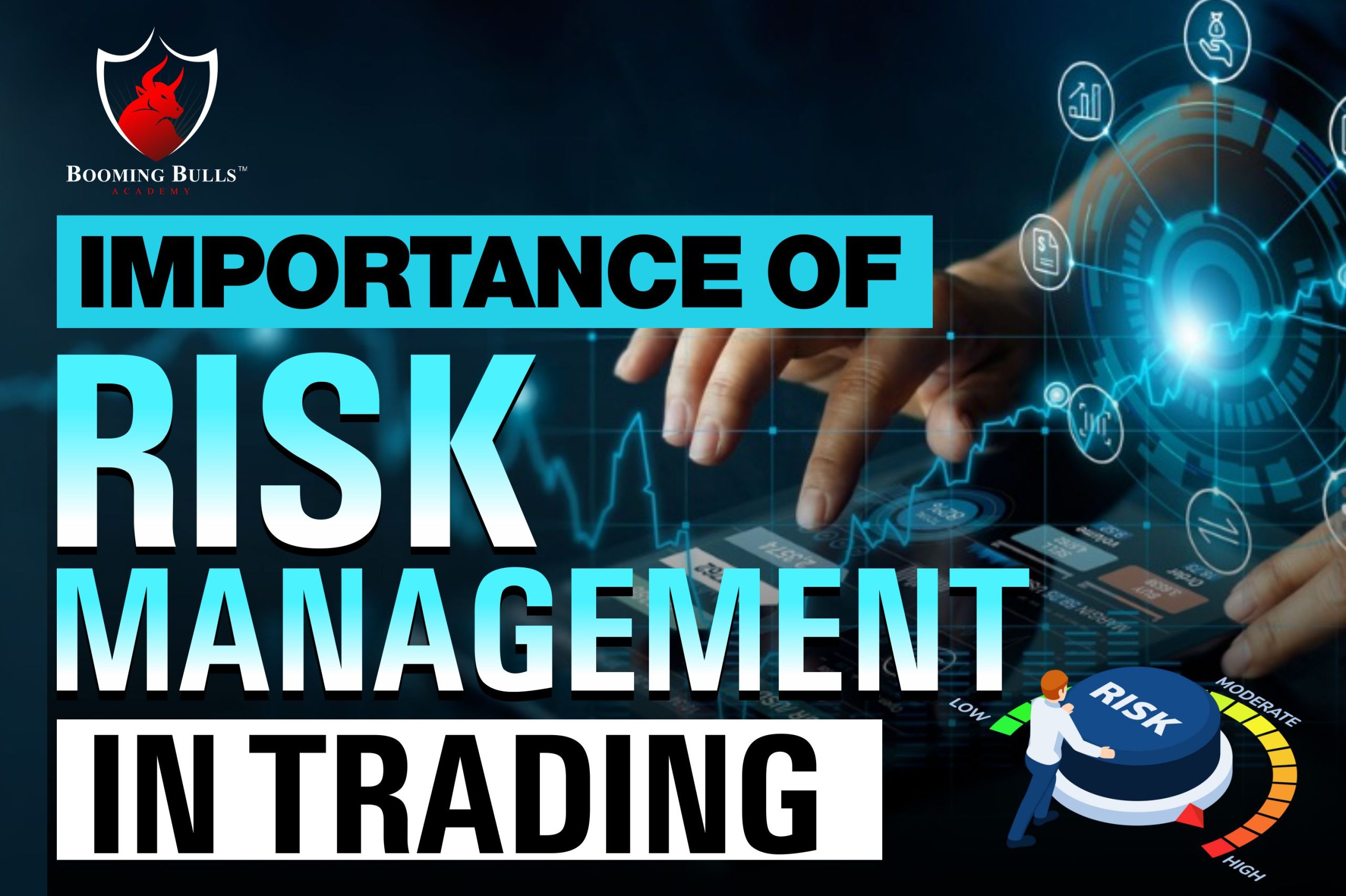How the Importance of Risk Management Shapes Effective Leadership
How the Importance of Risk Management Shapes Effective Leadership
Blog Article
The Value of Understanding the Significance of Risk Management in Numerous Industries

The Core Principle of Risk Management and Its Objective
Risk Management, the keystone of several markets, pivots on the recognition, evaluation, and mitigation of uncertainties in a service atmosphere. By appropriately recognizing prospective risks, services can develop approaches to either avoid these risks from happening or reduce their effect. When risks have actually been recognized and reviewed, the reduction process includes designing methods to lower their possible impact.
Advantages of Implementing Risk Management in Business Workflow

Revealing the Duty of Risk Management in Different Industries
While every industry faces its unique collection of threats, the implementation of Risk Management techniques continues to be a common measure in their pursuit of sustainability and growth. In the health care industry, Risk Management involves guaranteeing patient safety and security and data security, while in money, it entails mitigating investment dangers and making certain regulatory compliance (importance of risk management). Construction firms concentrate on worker safety, job delays, and budget overruns. In the technology market, business minimize cybersecurity threats and technology obsolescence. Eventually, the role of Risk Management throughout industries is to recognize, assess, and minimize threats. It is a necessary component of strategic preparation, allowing organizations to secure their properties, take full advantage of opportunities, This Site and achieve their objectives.
Real-life Study Showing Effective Risk Management
To recognize the value of Risk Management in these numerous fields, one can look to a number of real-life circumstances that illustrate the successful application of these actions. Toyota, post the 2011 earthquake in Japan, revised its supply chain Management to minimize look at here now disruption dangers. These instances demonstrate just how markets, finding out from dilemmas, successfully used Risk Management methods to lower future threats.
Future Trends and Developments in Risk Management Approaches
As the globe remains to evolve, so also do the fads and developments in Risk Management strategies. Quick advancements in technology and information analytics are improving the Risk landscape. Big information and AI are now crucial in anticipating and minimizing risks. Organizations are leveraging these devices to develop predictive models and make data-driven decisions. Cybersecurity, once an outer concern, has catapulted to the center of Risk Management, with techniques concentrating on reaction, avoidance, and discovery. The combination of ESG (Environmental, Social, Governance) variables into Risk Management is an additional expanding fad, showing the enhancing recognition of the role that social and environmental threats play in service sustainability. Therefore, the future of Risk Management depends on the combination of innovative innovation, innovative techniques, and a holistic method.
Conclusion
In final thought, recognizing the importance of Risk Management throughout a range of industries is crucial for their longevity and prosperity. Tailored methods can help alleviate prospective risks, secure assets, and foster stakeholder count on. In addition, proactive decision-making help in governing compliance and enhances source usage. Eventually, effective Risk Management adds to a lot more durable and lasting companies, highlighting the value of you could try this out this technique in today's highly competitive and vibrant company environment.
While every market confronts its distinct collection of dangers, the application of Risk Management methods stays a typical denominator in their search of sustainability and development. In the medical care sector, Risk Management requires guaranteeing individual safety and security and data protection, while in money, it involves mitigating investment threats and ensuring regulative compliance. Ultimately, the duty of Risk Management across sectors is to determine, assess, and alleviate dangers. These instances demonstrate how industries, discovering from crises, effectively used Risk Management techniques to reduce future threats.

Report this page